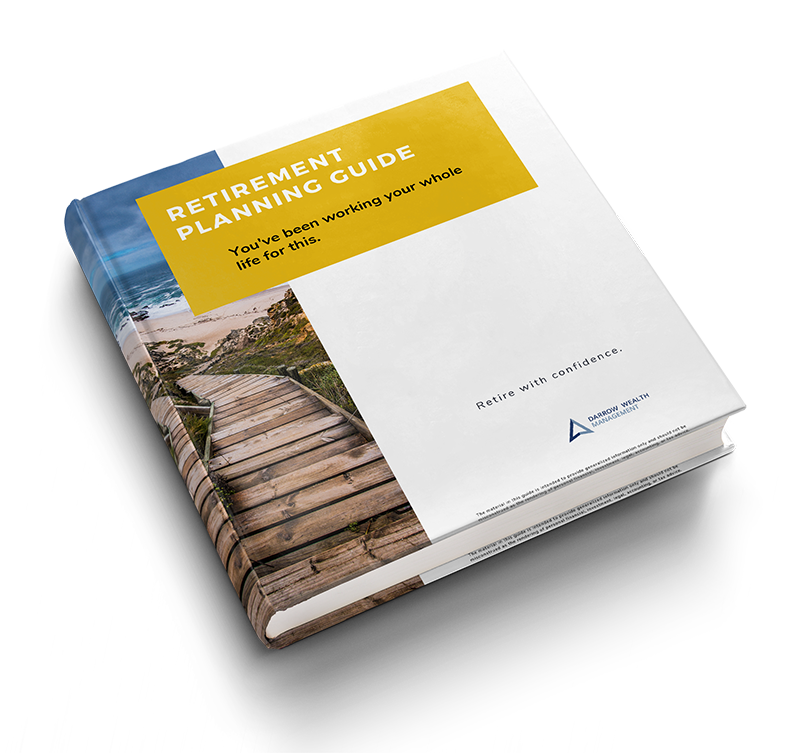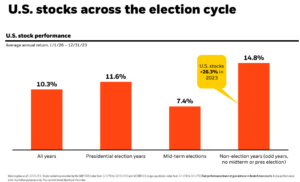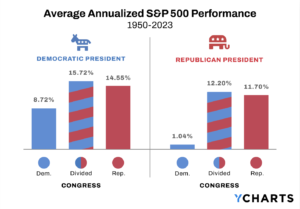Updated for 2024. Anyone with earned income can make a non-deductible (after tax) contribution to an IRA and benefit from tax-deferred growth. But it may not be worth it due (in part) to often overlooked ongoing recordkeeping requirements. For many, the biggest risk and most common downfall is significant: paying taxes again when withdrawing the money in retirement. Before making after-tax contributions to a traditional IRA, understand the rules to avoid the double tax trap on withdrawals.
Rules for making non-deductible IRA contributions
The contribution rules and limits are the most well-known part of the process. This is problematic, as investors assume the recordkeeping and withdrawal rules are either on autopilot or non-existent.
To summarize the rules for making non-Roth after-tax IRA contributions:
- Individual must have earned income (usually W-2 wages)
- The 2023 deductibility phase-out is based on filing status, income (MAGI), and whether or not the individual(s) are eligible to participate in a retirement plan at work. When completely phased out, you can consider an after-tax contribution. See 2024 limits.
- Contribution limits are the lesser of: $6,500 in 2023 or $7,000 in 2024 (plus $1,000 if age 50+) or earned income and apply to aggregate additions to IRAs
The financial institution where you keep your IRA may set certain guardrails, like not allowing you to add more than the maximum for one tax year. But they can’t help if you have IRAs at multiple institutions. They also don’t track, report, or verify whether you made a pre-tax or non-deductible IRA contribution. That’s up to you, taxpayer.
Tax reporting when making non-deductible IRA contributions
When making after-tax contributions to an IRA, you must inform the IRS that you’ve already paid tax on those dollars. This is done using Form 8606. If you don’t report, track, and file the form, you’ll lose the ability to shield part of your IRA withdrawal from tax when you take the money out. In another words: you’ll pay federal income tax on the same dollar twice. This is the double tax trap.
What if you’ve previously made non-deductible contributions and forgot to file the Form 8606?
The good news is this can be an easy problem to fix. From a tax reporting standpoint, you can simply file a Form 8606 with your next tax return to reflect historical non-deductible IRA contributions. No penalty, no problems.
Unfortunately, in reality, few taxpayers maintain records of making non-deductible contributions. As your income, job, or marital status changes, you may cross between deductible and after-tax IRA contributions, perhaps skipping some years altogether or finding yourself in the middle of the phase-out. Sometimes, the financial institution doesn’t accurately reflect your additions on statements.
Ongoing recordkeeping requirements in years after making a non-deductible IRA contribution
Another double tax trap with non-deductible IRA contributions is keeping the documentation (forever) and staying on top of what you’ve done in the past. Remember, the IRS doesn’t track your after-tax basis, even when you file the appropriate tax forms!
This is a major reason many non-deductible contributions go awry as the burden is on the taxpayer to track contributions throughout their lifetime.
For example:
Imagine you make a $7,000 non-deductible IRA contribution for 25 years until age 60. You have an accountant, and each time he files the Form 8606. When you turn 73, your required minimum distributions start. Your old accountant has retired. Since you don’t have to file the Form 8606 in years you don’t make a non-deductible IRA contribution, you can’t find your after-tax basis. After all, most of us don’t keep tax returns for decades, and the IRS doesn’t require it.
The result: you’ll pay tax twice on $175,000 of lifetime post-tax contributions.
How are non-deductible IRA contributions taxed when withdrawn?
If you’ve made both pre-tax and after-tax IRA contributions over your lifetime, you may be disappointed to learn you can’t simply choose which to withdraw.
The pro-rata rule applies to distributions from a traditional, SEP, or SIMPLE IRA with tax deductible and after tax (non-deductible, non-Roth) funds. This determines the percentage of a withdrawal that will be tax-free and taxable.
To calculate the tax-free percentage:
Your Total Basis (e.g. lifetime non-deductible contributions – previous nontaxable distributions) / Total IRA Assets (e.g. balance in all IRAs (except Roth) as of 12/31 + all distributions in the current year + outstanding rollovers)
To find the tax-free dollar amount, multiply the tax-free percentage by the full amount of IRA distributions throughout the year.
When you file your taxes for the year, you’ll update the Form 8606 to reflect your pro rata tax-free withdrawal and new adjusted basis. This is how you prevent non-deductible IRA contributions from being taxed twice.
Additional tax traps to consider before making non-deductible IRA contributions
- State tax laws. The focus of this article is on the federal income tax, but it’s important to remember that states can have their own rules. Massachusetts, for example, does not follow the federal rules on tax deductible contributions or recovering ‘basis’ on distributions. In the Bay State, all IRA contributions are treated as being made after-tax. This means your tax basis will be different federally and in Massachusetts when you begin withdrawals, assuming you haven’t moved. The taxpayer and their CPA must track this.
- The same hazards apply to inherited IRAs. If your beneficiaries are unaware that you’ve made non-deductible IRA contributions, or can’t find the records, they have no way of excluding any of the distribution from tax.
Alternatives to making a non-deductible IRA contribution
A brokerage account
A taxable brokerage account is a completely flexible way to invest for any goal. There are no contribution limits, withdrawal rules, mandatory distributions…or tax benefits (except at death – called the step-up in basis).
Roth IRA
A Roth IRA is funded with after-tax dollars, just like a non-deducible contribution. But not everyone can contribute (links to annual limits above). For taxpayers who earn too much, consider a backdoor Roth or Roth conversion strategy instead.
Roth conversion
In a Roth conversion, pre-tax IRA dollars are taxable income for the year, which converts the money into Roth dollars. Again, the pro rata rule applies, so it’s often most advantageous to consider a Roth conversion when rolling over an old 401(k).
A Roth 401(k)
In a Roth 401(k), employees contribute after-tax dollars to a designated Roth account within the 401(k) plan. The annual contribution limit is tied to the 401(k) additions limit – much higher than the IRA limit. One special note: unless rolled over to a Roth IRA, the Roth 401(k) will be subject to RMDs in retirement. This changed in 2024, but not for retirees already required to start RMDs.
Backdoor and mega backdoor Roth
In a backdoor Roth, investors make a non-deductible contribution to a traditional IRA and then quickly convert to a Roth IRA. Once the money is in a Roth IRA, it’s tax-free when taken out (if you meet the holding period and age requirements). This strategy only works if you don’t have any other traditional IRAs. Otherwise, the pro rata rule applies.
In a mega backdoor Roth, you max out individual additions to your 401(k) then make after-tax (non-Roth) contributions up to the annual maximum (combined employee and employer). You then elect an in-plan Roth 401(k) rollover or roll the after-tax contributions into a Roth IRA.
Not all employer plans allow this and there are other considerations to keep in mind before implementing this or any of the other strategies in this article.
Should you make non-deductible IRA contributions?
In our view: probably not. Due to the ongoing recordkeeping and tax reporting requirements, pro rata rule, and other complexities, non-deductible IRA contributions usually aren’t worth it. Especially when considering the relatively low contribution limit and other options to achieve tax diversification. Taxes should be a factor, but not the driver, when making financial decisions.
This article was written by Darrow advisor Kristin McKenna, CFP® and originally appeared on Forbes.
Last reviewed February 2024










